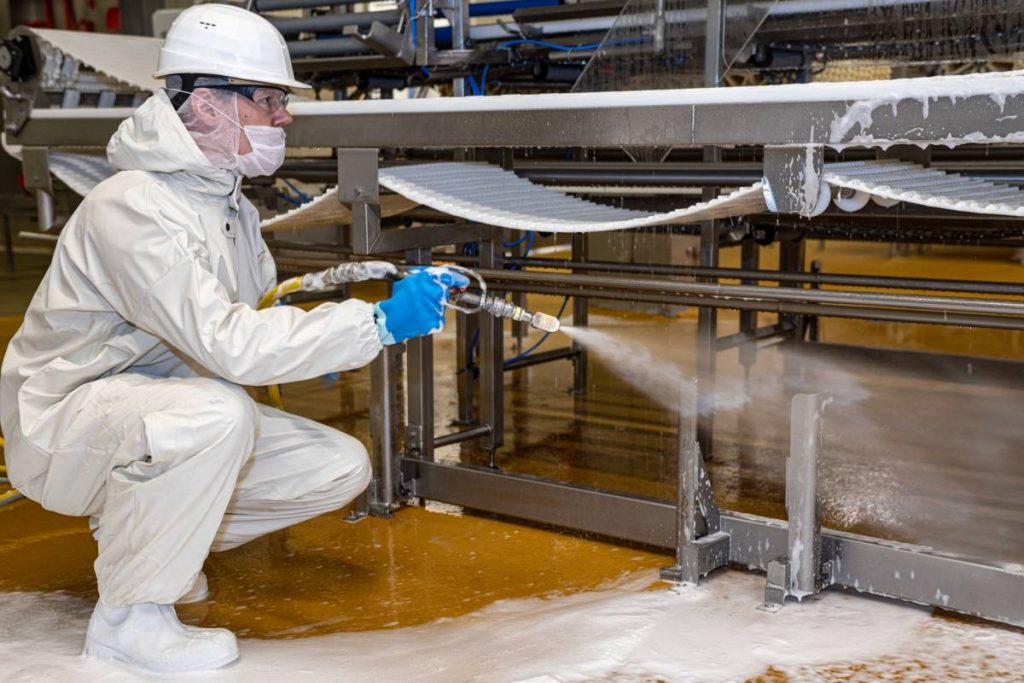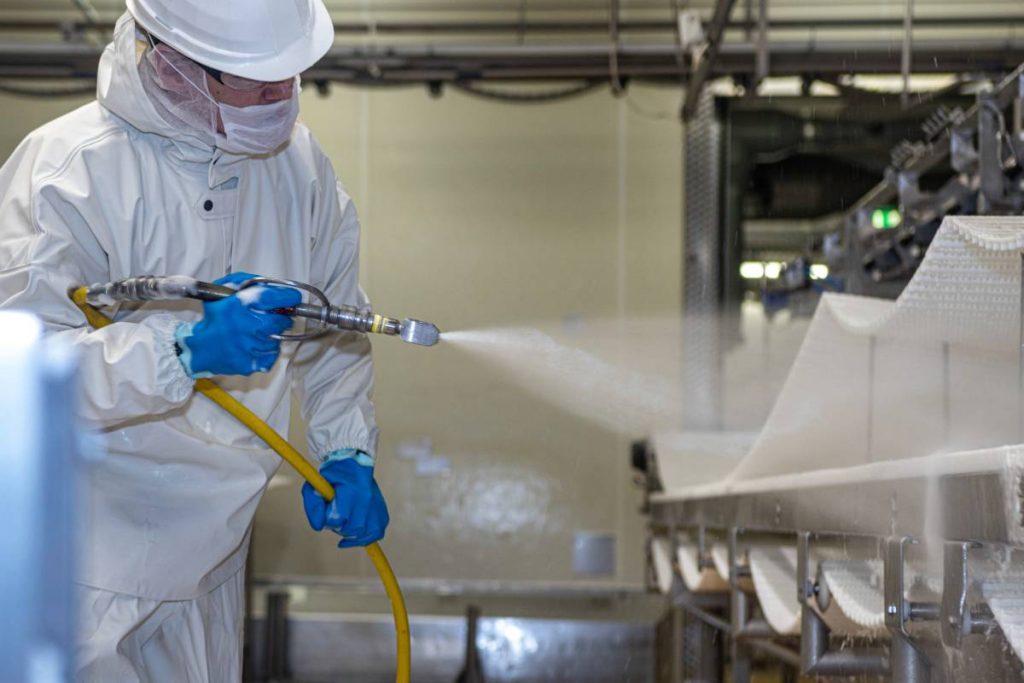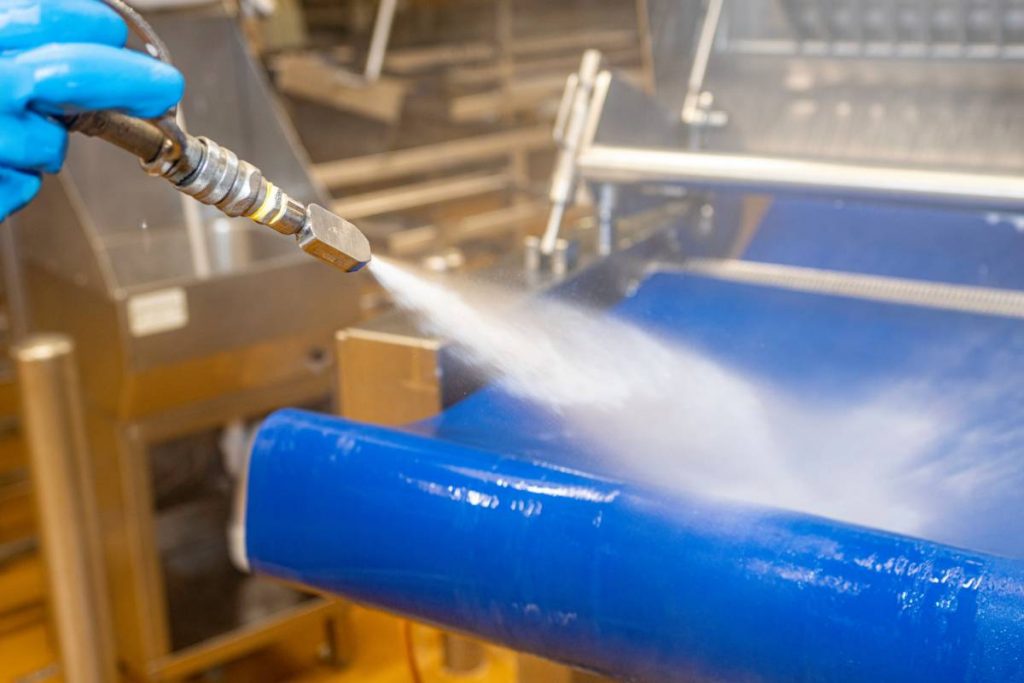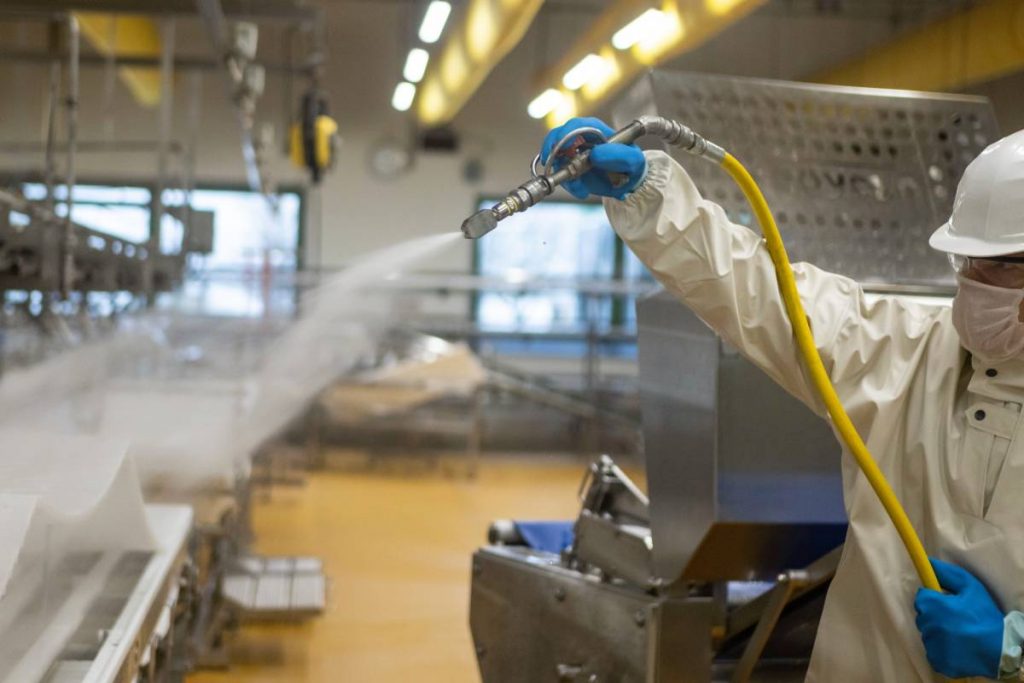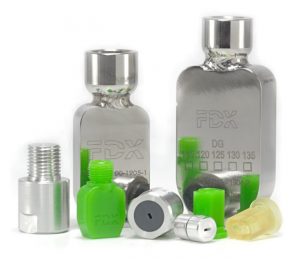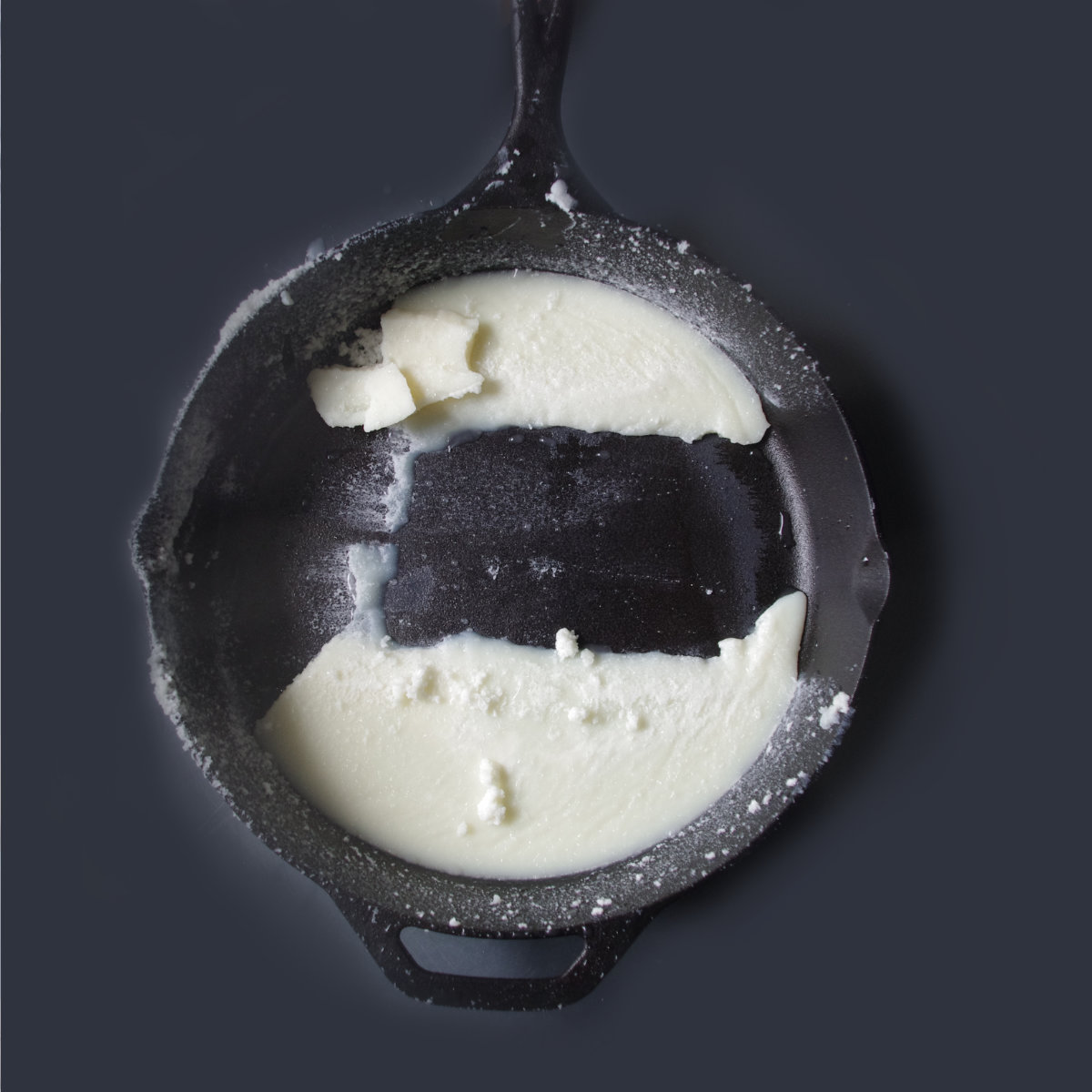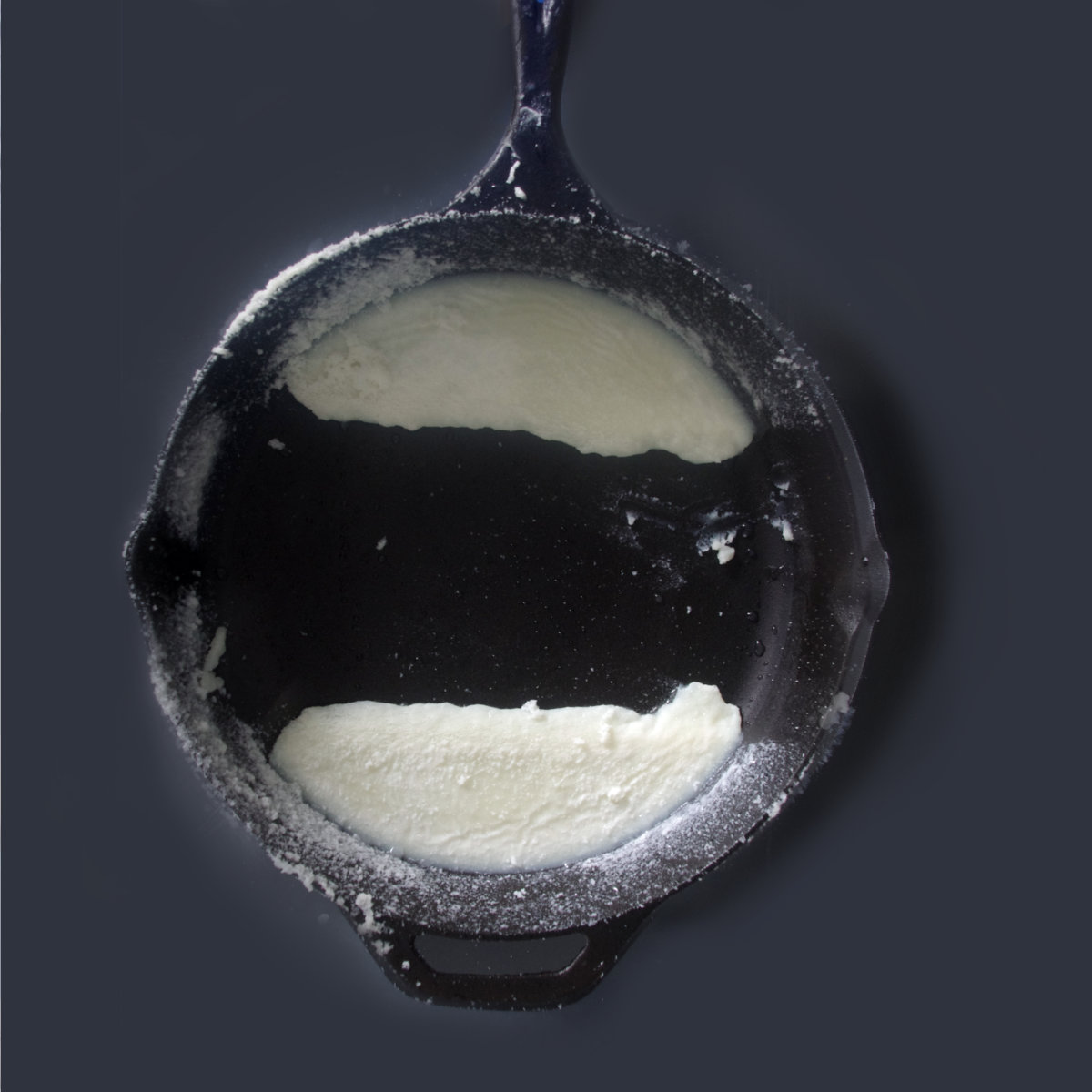In the food industry, the hygiene of production facilities and equipment is essential. This is not only about ensuring flawless quality, but also about the health of consumers and employees. Therefore it is obvious that especially in this area an uncompromising cleaning is necessary. Especially these high demands represent a challenge in terms of cleaning time, environmental protection and operating costs. The use of dynamic systems (e.g. rotor nozzles) can of course improve the cleaning efficiency, but the use of systems with moving parts is taboo here. Fortunately, the OsciJet nozzle solves this problem.
